Chilean Communities Mobilize in the Face of a Water Crisis
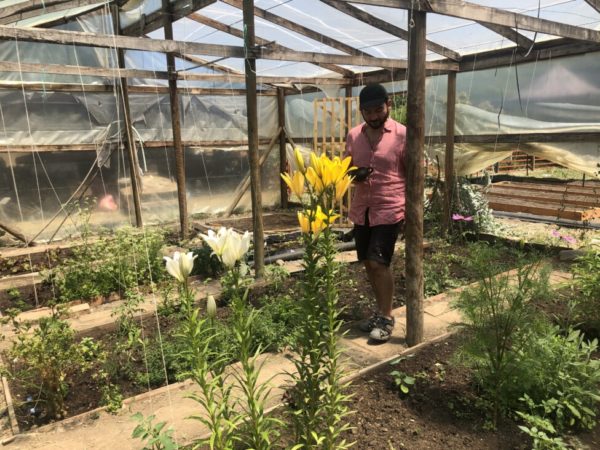
HAVANA TIMES – Communities of rural Chileans are mobilizing and organizing to defend their water rights which have been abused by large agricultural producers and mining interests who are making the effects of drought and climate change even worse.
Severe drought has been affecting this long South American country with 19.4 million inhabitants for the last 14 years, although there was a respite this year, with increased rainfall as a result of El Niño, the climate event linked to increasing water temperatures in the Pacific Ocean.
Chile’s economy is mainly sustained by agricultural exports, especially fruit, and mineral exports, mainly copper. Both industries are intensive consumers of water and leave thousands of small farmers at a disadvantage.
In the Codegua municipality, 75 kilometers south-east of Santiago, there are 13,000 inhabitants, 2,000 of whom work in family-owned farming ventures producing fruit and vegetables.
Large fruit producers in the O’Higgins region, where Codegua is located, have ownership of 70% of arable land in the area.
Fernando Huerta, 34, has been living on a family farm of half a hectare in Codegua, for seven years. He grows vegetables, corn, zucchini, tomatoes and other produce in his greenhouse and an outdoor vegetable plot.
He is one of the 70 users of the Isla Norte canal, with water coming from the Codegua River.
“I came to a territory where water was administrated by plantation owners who worked as an oligarchy. 2019 was the most critical year in terms of drought and they were distributing water every two weeks, arbitrarily. It meant total ruin, everything pretty much dried out. That’s when the community began to question their administration,” he told IPS on his farm.
This criticism was directed at the Isla Norte Irrigation Community, in Codegua, controlled by a large fruit producer who made unilateral decisions, arguing that they owned 50% of water stocks in the sector.

Ever since the Pinochet dictatorship (1973-1990), land ownership in Chile has been separate from water rights, which are private. These water rights or stocks are nabbed on the market and can be accummulated, without a limit, by powerful groups leaving small farmers without water.
Huerta says that small farmers from Isla Norte discovered that this large producer didn’t really own half of the water stocks and “had been illegally administrating water for years, taking advantage of the fact that the community didn’t work” together and had no idea they were lying.
The controversy was resolved in an intense town meeting where farmers demanded justice, proved the fraudulent use of water and exposed the alleged owner of this resource’s poor administration.
“We preferred a dialogue because we had all of the information and knew full well what was going on. If the entire community agreed on an administrative change, we could implement this with laws in force, regardless of whether you own more or less water rights,” he explained on a tour of different farms benefitting from the collective struggle and riverside areas of the Codegua River.
Today, Huerta leads this Irrigation Community, with 70 members, although the census of farmers in the area is 300, so they hope this will grow in the future. He was elected alongside two small farmers, and the three of them were reelected for another two-year term in September.
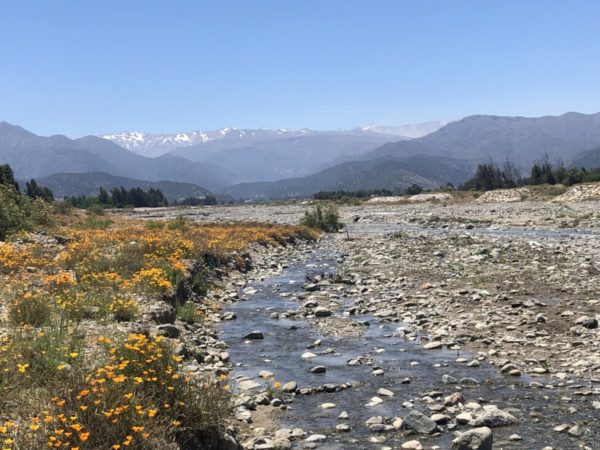
The Community now has water guaranteed for their crops, they’ve hired a guard who gives each of them their fair share and also cleans out furrows and irrigation canals.
“Our treasure is a community that mobilizes, manages to defeat a fraudulent administration and manages water distribution on a horizontal level via this organization,” the leader summarized.
Co-propietors established an irrigation calendar and gave the guard boots, tools, a cellphone and a horse to go around the fields.
“Before, the elderly would walk around unorganized because there wasn’t any order. We could give hours of water back to small farmers. Everyone was out here for themselves before, because you had to save yourself to be able to irrigate your land. Now, we all know how much water we have a right to, we organize ourselves and work together in harmony,” he pointed out.
The solution this community has found can be reproduced in other small farming communities in the neighboring towns of La Estancilla, Miraflores and La Punta.
“They’re in the same boat. They have no information about water rights and there is a large producer who is administrating water and doing whatever they want. They are groups that haven’t been able to mobilize and we tell them that the way to do it is to get people together, get informed, set town meetings and then reach agreements, pacts and organize themselves,” Huerta said.
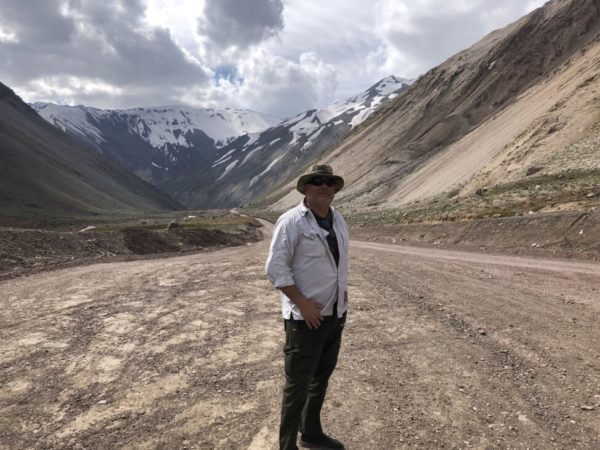
Defending the key role of wetlands
The Maipo River is the only source of water for 7.1 million inhabitants in Santiago. The El Yeso Dam collects water from melting caps in the Andes Mountains, opposite the capital.
Along the Maipo River, 270 kilometers long and passing from the mountains to the Pacific Ocean, there are over a thousand wetlands that play a key role in conserving biodiversity, protecting aquifers and absorbing the shock of natural disasters.
Yet, there isn’t proper awareness or education about their value and it’s only now that some organizations are promoting workshops to explain to students from neighboring communities about the need to protect them.
“If there are healthy wetlands, people, locals, can have peace of mind because they are living in a healthy area,” 56-year-old Juan Andres Caceres, founding member of the Communal Envionmental Commission in Cajon del Maipo – created in 2019 – told IPS.
Using the national land registry of wetlands, this environmental leader recorded existing wetlands in Cajon del Maipo, which is the name of a canyon in the Andes Mountains, located in the south-eastern metropolitan area of Santiago.
“There are over 1000. There are different kinds and sizes. We have Andean, continental and riverside wetlands,” he explained to IPS during a tour of different areas in the Cajon.
However, protection of these bodies of water is advancing very slowly.
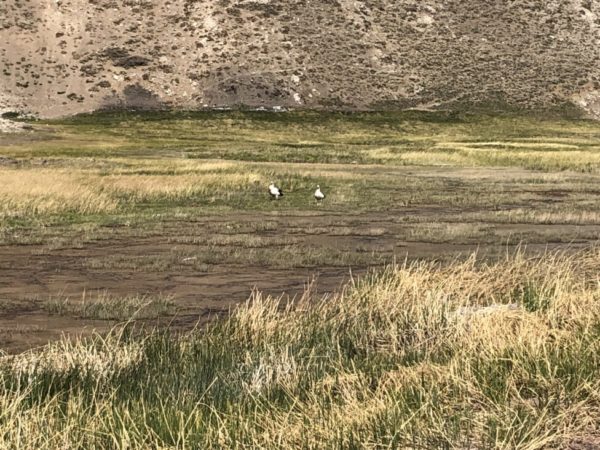
The Ministry of Environment stressed to IPS that Chile has an Urban Wetland Act since 2020, which seeks “to protect these ecosystems that are completely or partially within the urban radius.”
In 2021, for example, Baños Morales, 13 hectares in the high mountains, was declared an urban wetland in the Cajon del Maipo.
It’s the only protected urban wetland in this area and one of the first measures was to fence it to stop cattle from entering the area.
“In Baños Morales, we were excited to see how this wetland recovered with its native vegetation. Aquatic plants have significantly increased. There are different intense greens and a hidden fauna that you can hear and see normally during the night,” Caceres explained.
At the Ministry, they are “very proud because we’ve declared over 100 urban wetlands in different places across our country.”
They are reinforcing their work by editing guides that help to delimit and characterize urban wetlands providing the description and technical support with indicators of hydrology, vegetation and soils of urban wetlands.
The Ministry also wrote up a Guide of basic sustainability guidelines that provide support to municipalities to draw up bylaws for wetlands and another to write up management plans for wetlands and their basins.
An Environmental Protection Fund was launched on March 14th this year, that includes Wetland Management Plans to “contribute to improving the environmental status, protection and management of wetlands,” the Ministry stressed in its written responses to IPS questions.
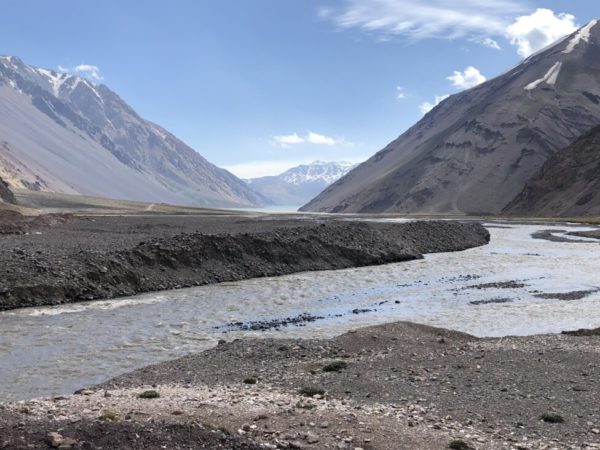
Wetlands in danger in Maipo
There are wetlands in dangerous situations and under threat such as Lo Valdes, that was seriously compromised by El Volcan Industrial Company, that extracts its rocks to obtain gypsum.
“We learned last year that this company is pushing an expansion plan in the area, which is forbidden because this land is protected by a special decree. The company hasn’t respected the 15 clauses of environmental protection they were subjected to,” Caceres said.
In May this year, environmentalists complained about this irregularity so that the industry respects the presidential decree.
“We hope that they verify our complaints filed with photos and videos that prove that the company isn’t respecting the clauses it’s supposed to. This wetland is under great threat,” the leader said.
There are also wetlands damaged by cattle, such as the Bocatoma in the Volcan River where there are lots of horses, and the wetland in the Colorado River (both tributaries of the Maipo River) with lots of goats.
Caceres lamented damages to wetlands by tourists and residents that ignore its value or ignore warnings about its importance.
“My dream is for tourists to be able to visit them, enjoy them, them and future generations, for their scenic beauty and environmental benefits as a water reserve, regulating temperatures and refuge for biodiversity,” he said in conclusion.





